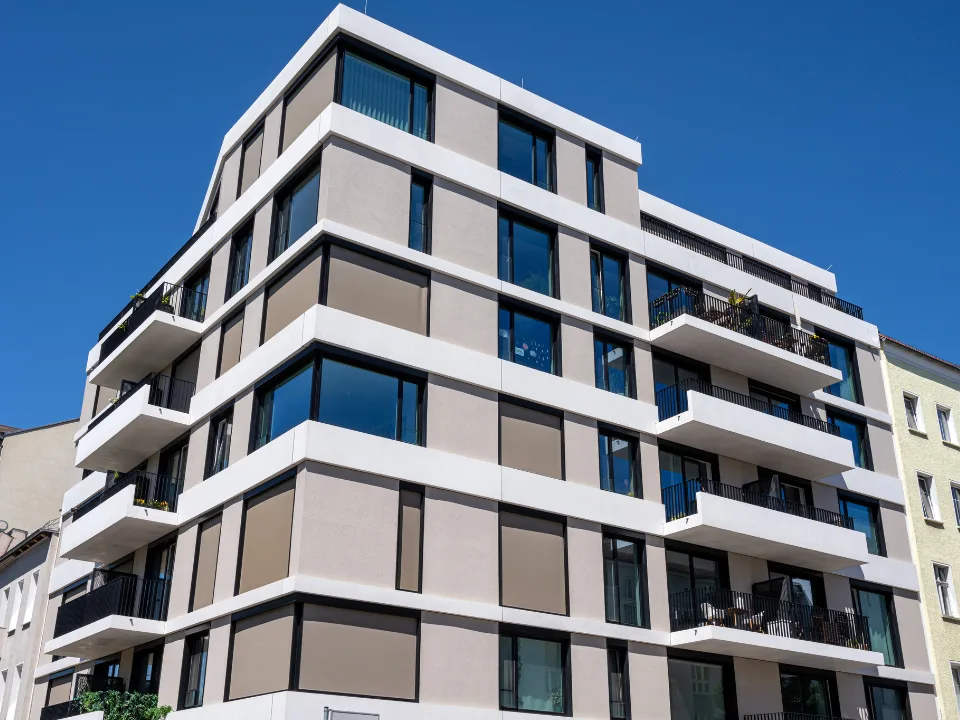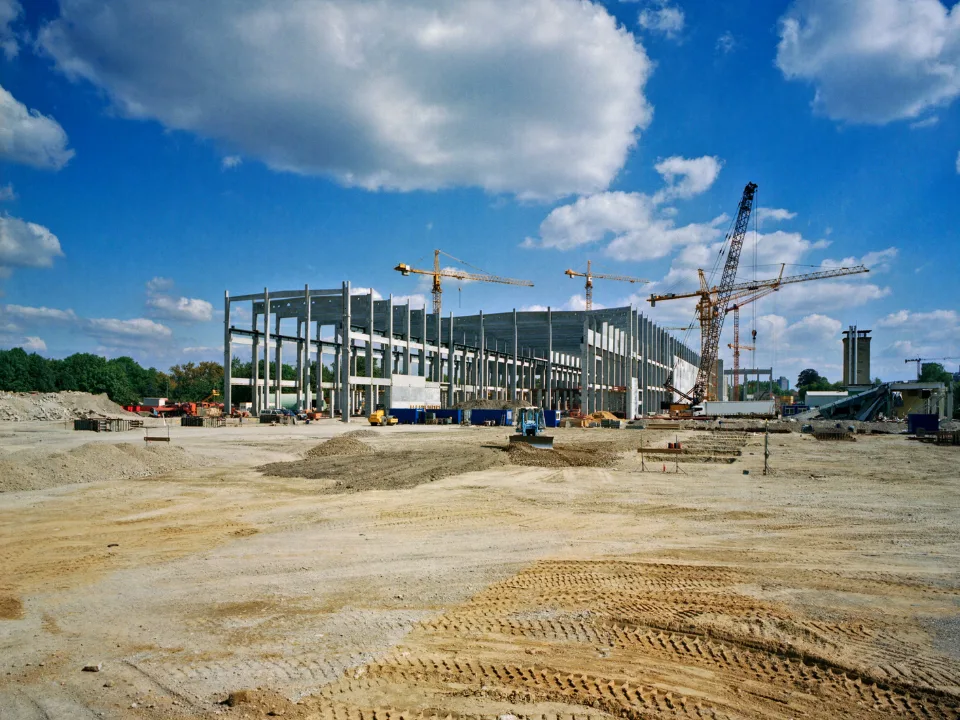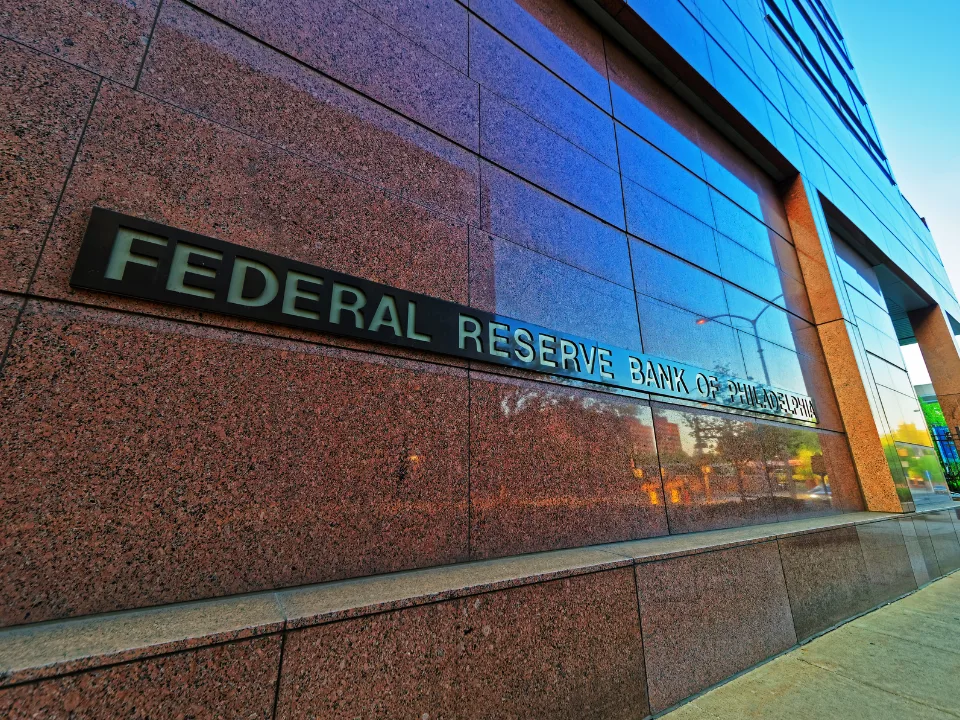CRE Returns Outpace Housing for the First Time Since 2022
Historically linked, commercial real estate and housing price performance began to diverge in early 2023.
Good morning. CRE is staging a quiet rebound, outpacing housing returns for the first time since 2022. As interest rates ease and fundamentals take over, investors may want to rethink where the real upside lies.
Today’s issue is sponsored by Lindy Communities—invest in a high-demand market with an experienced sponsor.
🎙️ Season 3 of the No Cap kicks off with J.P. Morgan’s Tom Kennedy dropping bold market calls, Fed critiques, and must-hear 2025 investment insights.
Market Snapshot
|
|
||||
|
|
*Data as of 06/06/2025 market close.
Unseen Upside
CRE Returns Outpace Housing for the First Time Since 2022
After diverging in the wake of the pandemic, commercial real estate and housing are once again swapping places, with CRE quietly regaining the upper hand.
Splitting paths: Historically aligned, CRE returns and housing prices diverged in early 2023—housing rose as CRE fell. By Q424, the trend reversed: CRE returns turned positive and gained momentum into 2025, while housing slowed to 3.4% growth.
The interest rate paradox: CRE values fell sharply, down 20% unlevered and over 30% leveraged, under pressure from rising rates, despite strong fundamentals. Meanwhile, housing rose as locked-in low mortgage rates kept supply tight, driving prices higher despite poor affordability.
A bifurcated market: A split housing market is emerging: inventory is rising and prices are slowing in the Sunbelt, while Midwest and Rust Belt markets lead in appreciation. In 1Q25, 60% of the weakest markets were in the Sunbelt, per Zillow.
Income-driven revival: CRE’s return to growth is being powered by income. NOI growth averaged 3.2% in 2024, above historical norms. With easing rates and improved lending, returns could reach 5% in 2025 and trend toward 7% in the long term, approaching the historical norm of 8–9%.
➥ THE TAKEAWAY
Rethinking the cycle: This latest cycle challenges the idea that interest rates are the dominant force in real estate. Income fundamentals, especially in CRE, are proving to be more durable drivers. Looking forward, CRE could outperform housing by 300 bps or more, a historical norm that investors had forgotten post-GFC. If this trend holds, it could mark a return to more traditional real estate investing—and a new phase of CRE outperformance.
TOGETHER WITH LINDY COMMUNITIES
Invest in Multifamily with an Experienced Sponsor
Lindy Communities, a family-run multifamily operator since 1939, is opening its next core-plus opportunity to accredited investors.
The Diamond at Phoenixville, located in a high-growth Philly suburb with chronic housing undersupply, offers a 5.6% cap rate and 5.2% average cash-on-cash return.
With over 30 buildings under management in the region and a straightforward fee structure, Lindy brings deep local expertise and with a significant co-invest.
*This is a paid advertisement. Please see the full disclosure at the bottom of the newsletter.
✍️ Editor’s Picks
-
Smart timing: Multifamily developers who break ground now are poised to benefit from shrinking future supply, rising rents, and investor demand by 2026–2027. (sponsored)
-
Economic crossroads: The Fed faces growing pressure to interpret mixed signals from jobs, inflation, and manufacturing data, as hopes for a summer rate cut fade.
-
Premium pressure: Home insurance premiums have surged nearly twice as fast as income since 2019, with Florida cities leading the nation in rate hikes.
-
Hope fades: Rising 10-year Treasury yields are dashing CRE’s recovery optimism, forcing owners and investors to face the harsh reality of higher-for-longer interest rates.
-
Job stability: US employers added 139K jobs in May, slightly down from April but beating forecasts, while the unemployment rate held steady at 4.2%.
-
Inventory milestone: The number of homes for sale in the US topped 1M in May, the first time since 2019, marking a key recovery sign, though inventory still trails pre-pandemic levels by 14%.
🏘️ MULTIFAMILY
-
Renter's market: With apartment absorption rates near historic lows and supply still high, renters are benefiting from greater choice, slower rent growth, and more concessions.
-
Resilient rents: Only six major apartment markets maintained positive new lease trade-out since 2023, bucking national trends driven by oversupply.
-
Permit paralysis: California’s largest cities are falling far behind on housing goals as costly construction, local red tape, and slow permitting stall development.
-
Charlotte surge: Charlotte is set to reach peak apartment supply in Q225 with 8.4% annual inventory growth, second only to Austin.
-
Small but mighty: Smaller California cities are leading the state in projected rent growth, driven by job gains and affordability.
-
Refi of the day: Barings has issued a $548.5M loan to refinance a nine-property, 2.5K-unit multifamily portfolio developed by Thompson Thrift across six states.
🏭 Industrial
-
Competitive edge: AI’s shift toward smaller, localized “edge” data centers is making adaptive reuse a viable strategy again.
-
Infill advantage: Blackstone has secured a $1B CMBS loan to refinance a 59-property, 11.6 MSF industrial portfolio spanning 13 states.
-
Class A: Marcus Partners sold a two-building, 192 KSF industrial portfolio in Massachusetts for $50M to an Ares Real Estate fund.
🏬 RETAIL
-
Tariff tactics: Dollar Tree is weathering rising tariffs better than retail giants like Walmart and Target by leaning into domestic sourcing, flexible pricing, and quick inventory pivots.
-
Taking flight: Walmart is scaling up drone delivery to 100 stores across five states, outpacing Amazon as it targets faster fulfillment in key cities.
-
Toy story: US toy sales jumped 6% early in 2025, driven by adult collectors and strong demand for both premium and budget toys.
🏢 OFFICE
-
Office uptick: US office demand continues its slow recovery, with four straight quarters of positive absorption totaling 5.6 MSF in Q125.
-
Debt distress: Despite signs of recovery, office-backed CMBS remains shaky amid rising rates, remote work, and maturing debt.
-
Midtown move: Brookfield is nearing a $400M deal to acquire a 49% stake in 63 Madison Avenue, a major Midtown South office tower.
-
Bond trouble: Fitch downgraded once-AAA CMBS tied to Shorenstein’s 1407 Broadway after the tower’s value plunged 76% since 2019.
🏨 HOSPITALITY
-
Summer slump: US hotel performance dipped post-Memorial Day, as late school breaks and Southern market declines dragged down RevPAR.
A MESSAGE FROM INVESTNEXT
Beyond Accreditation: Acquire Investors Who Actually Commit
What separates investors who commit from those who waste your time?
How do you identify prospects who will invest capital to your specific asset class, deal structure, and investment timeline?
Our expert panel shares real-world examples of successful investor acquisition strategies that have helped firms scale from 20 to 200+ qualified investors in Connect, Commit, Close: The Modern Investor Acquisition Playbook.
*This is a paid advertisement. Please see the full disclosure at the bottom of the newsletter.
📈 CHART OF THE DAY

Source: Rentec Direct
The average US monthly rent reached $1,302 in 2024, a 31% increase over five years, with the sharpest jump (8%) occurring between 2021 and 2022 as pandemic-era concessions began to fade.

You currently have 0 referrals, only 1 away from receiving Multifamily Stress Test Model.
What did you think of today's newsletter? |






















